Ruger LCR Review
Explore the Ruger LCR, available in calibers like .38+P and .357 Mag, featuring a lightweight design starting at 13.5 oz., with a 1.87″ barrel and a 5-round capacity. This compact revolver combines an aluminum/stainless frame with a polymer grip and fixed sights for reliable performance. The Ruger LCR (Lightweight Compact Revolver) is an innovative revolver introduced by Sturm, Ruger & Co. in 2009. Known for its pioneering design and engineering, the LCR blends traditional revolver elements with modern materials and manufacturing techniques, creating a lightweight, reliable, and highly concealable firearm that appeals to both new and experienced shooters. This article delves into the various aspects of the Ruger LCR, including its design, variations, performance, and applications.
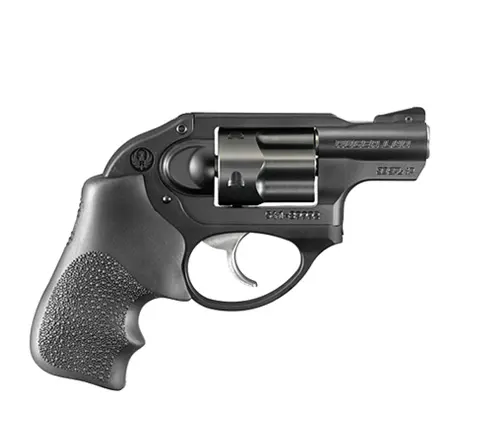
Ruger LCR Specifications
- Brand: Ruger
- Model: LCR
- Calibers: .38+P, .357 Mag, 9mm, .22 LR, .22 WMR
- Weight: From 13.5 oz.
- Barrel: 1.87″
- Length: 6.5″
- Frame: Aluminum/Stainless
- Grip: Polymer
- Capacity: 5 rounds
- Sights: Fixed
Design and Features
The Ruger LCR’s standout feature is its extensive use of high-tech materials and an innovative design philosophy. The frame is made from aerospace-grade aluminum (for the standard calibers) and 400 series stainless steel (for more powerful calibers like the .357 Magnum), which significantly reduces the gun’s weight without compromising strength. The grip frame, however, is made of a polymer, which helps absorb recoil and further decrease weight. This makes the LCR one of the lightest revolvers in its class, with weights starting at just 13.5 ounces for the .38 Special model.

Another notable feature is the LCR’s patented friction-reducing cam, a mechanism that results in a smoother, non-stacking trigger pull. This significantly differs from the heavier and more uneven trigger pulls often found in traditional double-action revolvers. The LCR’s trigger system provides shooters with a consistent and manageable pull, which can improve accuracy and ease of use, especially for those with less hand strength.
Lightweight Construction
The LCR (Lightweight Compact Revolver) embodies innovative design by incorporating high-strength materials such as aerospace-grade aluminum for its mainframe and advanced polymers for the grip frame.
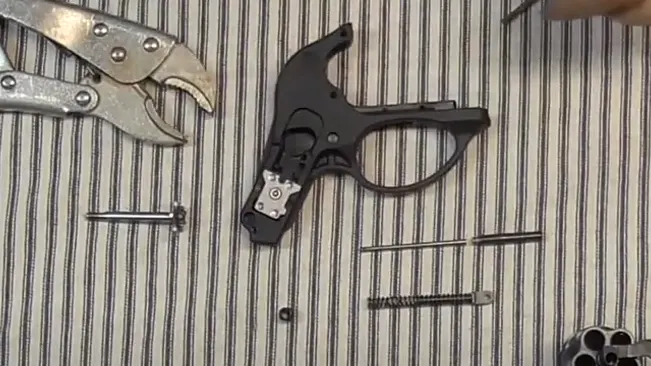
This strategic use of materials not only significantly reduces the overall weight of the revolver, making it exceptionally lightweight, but also enhances its portability. As a result, users benefit from a firearm that is not only easy to carry but also durable and reliable for various applications. This approach to construction ensures that the LCR is ideally suited for individuals seeking a dependable yet lightweight option for personal defense or recreational shooting.
Friction-Reducing Cam
The friction-reducing cam is a revolutionary, patented trigger mechanism specifically designed to offer a significantly smoother, non-stacking trigger pull.
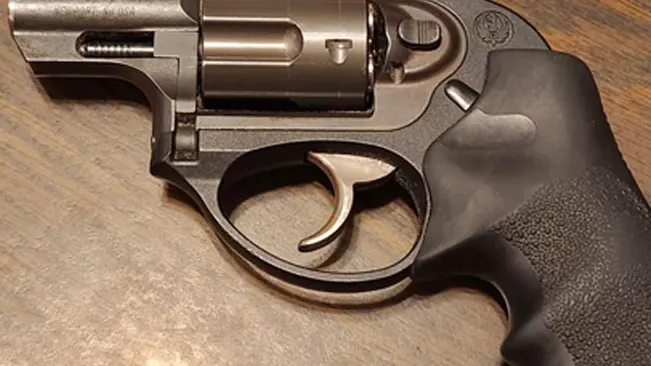
This innovative feature stands in stark contrast to the mechanisms found in traditional revolvers, providing users with an unparalleled level of accuracy and ease of use. By minimizing friction within the trigger assembly, this mechanism ensures a consistent and fluid motion from start to finish. This advancement not only enhances shooting precision but also contributes to a more enjoyable and less fatiguing experience for the shooter. As a result, the friction-reducing cam is a critical development for those seeking improved performance and comfort from their firearms.
Ergonomic Design
The ergonomic design of this revolver is meticulously crafted to include a comfortable grip, which plays a crucial role in managing recoil effectively. This is especially important for the more powerful caliber versions, where recoil can be significantly more pronounced.
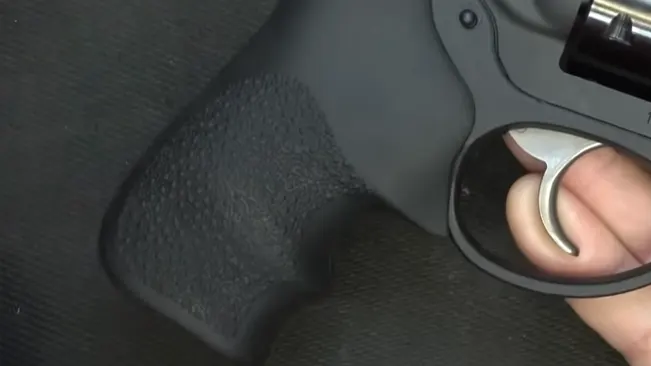
By prioritizing ergonomics, the design ensures that the revolver remains suitable and accessible for a wide spectrum of shooters, regardless of their experience level or hand size. The grip’s shape and materials are chosen to reduce fatigue and improve control, enabling shooters to maintain accuracy and comfort over extended periods of use. This thoughtful approach to design enhances the shooting experience, making it more enjoyable and manageable for users across the board.
External Hammer Option (LCRx)
The LCRx variant introduces an innovative option for shooters with its external hammer, which significantly enhances the revolver’s versatility by enabling single-action operation. This feature allows users to manually cock the hammer, thereby offering an additional firing mode that can lead to improved accuracy and precision.
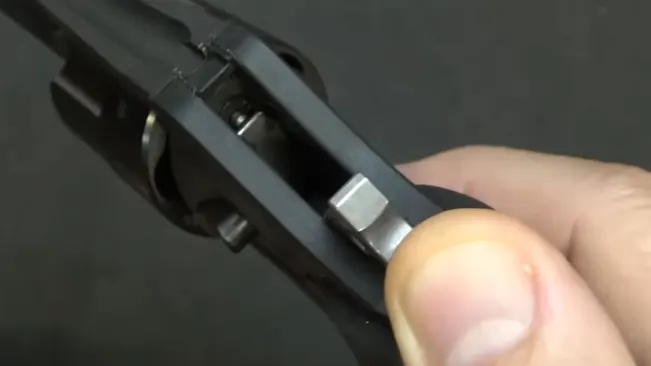
The presence of the external hammer on the LCRx not only provides a traditional shooting experience but also caters to those who prefer the tactile feedback and deliberate action of single-action firing. By incorporating this option, the LCRx broadens its appeal, making it an attractive choice for both novices seeking ease of use and experienced shooters desiring more control over their shooting technique. This adaptability ensures that the LCRx meets a wide range of preferences and shooting styles.
Fixed Sights
The inclusion of fixed sights on this firearm is a deliberate design choice aimed at optimizing quick and intuitive aiming, particularly in high-pressure scenarios such as self-defense situations where rapid target acquisition is paramount. These sights are engineered to be straightforward and reliable, eliminating the need for adjustments in the field.
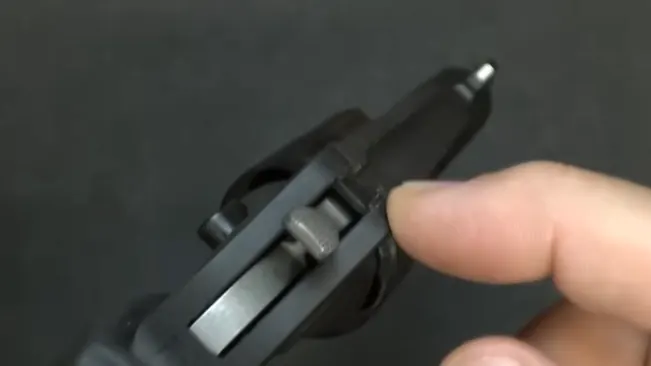
This feature ensures that the shooter can focus entirely on the target without the distraction of sight alignment, making it significantly easier to aim under stress. The fixed nature of the sights contributes to the durability and reliability of the firearm, as there are fewer moving parts that can be damaged or require maintenance. This design consideration makes the firearm an ideal choice for those who value speed, simplicity, and effectiveness in a self-defense context, ensuring that users can confidently and swiftly respond when every second counts.
Performance and Use
The Ruger LCR is praised for its excellent ergonomics, reliability, and ease of carry. Its lightweight design makes it an ideal choice for concealed carry, while its robust construction ensures it can handle the potent .357 Magnum cartridge, among others. The revolver’s simplicity, combined with Ruger’s reputation for durability, appeals to those looking for a self-defense weapon that is both effective and straightforward to operate.
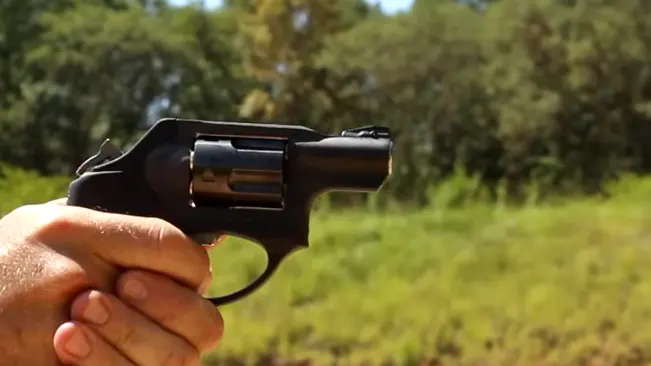
The LCR’s accuracy is respectable for a compact revolver, with its fixed sights providing a quick and intuitive aiming solution. While not designed as a target shooting revolver, the LCR can perform admirably at close to moderate distances, making it a versatile tool for self-defense, law enforcement backup, and even recreational shooting.
Pros and Cons
Pros
- Ideal for concealed carry.
- Enhances accuracy.
- Available in multiple calibers.
- Made with high-quality materials.
- Easy to conceal.
- Good, even for .357 Magnum.
- Performs well under various conditions.
Cons
- May need frequent reloading.
- Not adjustable, less precise at distance.
- More pronounced in higher calibers.
- Learning curve for some users.
- Higher compared to similar revolvers.
My Personal Maintenance Routine Ruger LCR
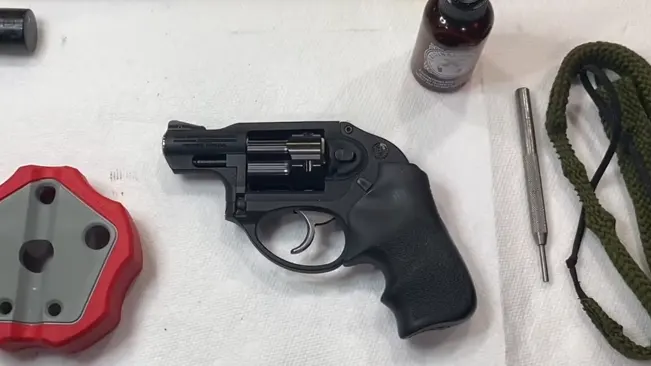
- Safety First Always ensure the revolver is unloaded before starting any maintenance. I check the chamber and cylinder multiple times for complete peace of mind.
- Field Stripping I follow the manufacturer’s instructions to partially disassemble (field strip) the LCR for cleaning, making sure not to force any components apart.
- Cleaning the Barrel Using a bore brush and solvent, I clean the barrel from the chamber end to the muzzle to prevent dirt from entering the action. I follow up with a patch until it comes out clean.
- Cylinder Care I clean each cylinder chamber in the same way as the barrel, ensuring no residue or buildup affects performance. A small brush helps remove any stubborn deposits.
- Wipe Down With a soft, lint-free cloth, I wipe down all parts to remove any loose dirt or debris, paying special attention to the firing pin and ejector rod areas.
- Lubrication I apply a light gun oil to moving parts, including the cylinder release, ejector rod, and the outside of the barrel and cylinder, ensuring not to over-lubricate.
- Action Check After reassembly, I dry fire the revolver (making sure it’s unloaded and in a safe direction) to ensure the action feels smooth and the trigger pull is consistent.
- Inspect Grips and Sights I check the grip for any signs of wear or looseness and ensure the sights are secure and aligned.
- Rust Prevention I store the LCR in a dry place and use a silicone gun cloth for an extra layer of rust protection, especially if I’ve been in a humid environment.
- Regular Check-Ups Even if I haven’t fired the LCR recently, I perform a quick check and wipe-down weekly to ensure it remains in optimal condition.
Safety Tips

- Never assume a gun is unloaded. Check the chamber and cylinder every time you pick it up, even if you just set it down for a moment.
- Keep the gun pointed in a safe direction at all times. A safe direction means that even if the gun were to go off, it would not cause injury or damage.
- Until you are ready to shoot, keep your finger off the trigger and outside the trigger guard. This prevents accidental discharges, which can occur from sudden movements or surprises.
- Always identify your target clearly and ensure that there is an adequate backstop. Bullets can penetrate through targets and walls, so know what’s behind your target before firing.
- Shooting can be harmful to your hearing and eyesight. Always use ear protection to guard against hearing loss and safety glasses to protect your eyes from flying debris or failed cartridge cases.
Ruger LCR: My Expert Ratings and Insights
| Aspect | Review Summary | Score |
|---|---|---|
| Cleaning Frequency | Regular cleaning post-use ensures optimal performance and longevity. Adherence to this routine is strict. | 9/10 |
| Lubrication | Proper lubrication of moving parts to prevent wear and ensure smooth operation. Consistently applied. | 9/10 |
| Inspection | Detailed inspection for wear and tear or damage after each use, maintaining high safety standards. | 8/10 |
| Storage Conditions | Firearms are stored in a controlled environment to prevent rust and damage. Care is taken for ideal conditions. | 8/10 |
| Ammunition Check | Regular checking and rotation of ammunition to ensure reliability and prevent aging issues. | 8/10 |
| Parts Replacement | Timely replacement of worn-out parts to maintain functionality and safety. Proactive approach. | 8/10 |
| Professional Servicing | Annual check-up by a professional to ensure deep maintenance and functionality. | 7/10 |
| Accessory Care | Care and maintenance of accessories (holsters, sights) to ensure they remain functional and effective. | 8/10 |
| Training Regularity | Consistent training to maintain proficiency and identify potential issues with handling or operation. | 8/10 |
| Safety Gear Maintenance | Regular checking and maintenance of safety gear (gloves, glasses) to ensure they provide proper protection. | 8/10 |
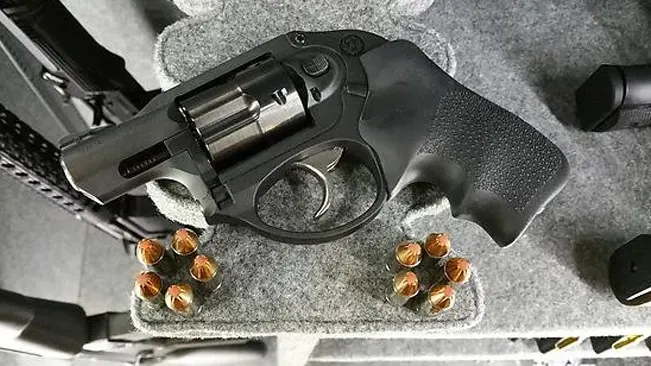
Conclusion
The Ruger LCR represents a significant evolution in revolver design, combining traditional reliability with modern technology and materials. Its lightweight, ergonomic, and user-friendly design make it an excellent choice for those in need of a compact, reliable firearm for self-defense, law enforcement, or recreational shooting. As the LCR continues to evolve, with new calibers and models being introduced, it cements its place as a staple in the compact revolver market, offering shooters a unique blend of performance, convenience, and durability.
FAQs about Ruger LCR
- What does LCR stand for in Ruger LCR?
LCR stands for Lightweight Compact Revolver, highlighting its design focus on being easy to carry and conceal. - What calibers are available for the Ruger LCR?
The Ruger LCR is available in several calibers, including .38 Special +P, .357 Magnum, 9mm Luger, .22 Long Rifle, and .22 WMR. - How does the friction-reducing cam in the LCR trigger mechanism improve shooting?
The friction-reducing cam ensures a smoother, non-stacking trigger pull, which improves accuracy and ease of use, particularly in high-stress situations. - Can I use +P ammunition in my Ruger LCR?
Yes, the Ruger LCR models chambered in .38 Special are rated for +P ammunition, allowing for more powerful self-defense rounds. - Is the Ruger LCR suitable for beginners?
Absolutely, its lightweight design, manageable recoil, and simple operation make it an excellent choice for beginners. - What is the weight of the Ruger LCR?
The weight of the Ruger LCR varies by model, starting at approximately 13.5 ounces for the .38 Special version, making it one of the lightest revolvers available. - How should I maintain my Ruger LCR?
Regular cleaning, proper lubrication, and periodic inspections by a qualified gunsmith will ensure your LCR remains in excellent condition. - What type of sights does the Ruger LCR have?
The LCR comes standard with integral U-notch rear and ramp front sights, with some models offering laser sights for enhanced accuracy. - Can I install a laser sight on my LCR?
Yes, there are models of the LCR that come with factory-installed laser sights, and aftermarket options are available for models without. - What makes the Ruger LCR different from other revolvers?
Its innovative use of materials, like polymer and aerospace-grade aluminum, combined with its unique friction-reducing trigger mechanism, sets the LCR apart from traditional revolvers in terms of weight, durability, and ease of use.
We’re eager to hear from you! Do you own or have you ever shot a Ruger LCR? Share your personal experiences and insights in the comments section below. Whether it’s about its performance, handling, or your maintenance routine, your knowledge could greatly assist others in making informed decisions about this innovative revolver. Let’s create a valuable resource for fellow enthusiasts and potential owners alike!
Latest Post
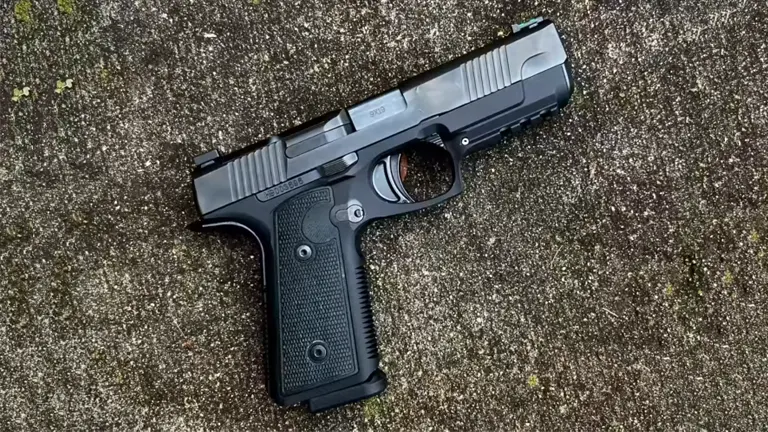
Daniel Defense H9 Review
Discover the Daniel Defense H9 in 9mm Luger, a semi-auto with a 4.5″ cold hammer-forged...March 4, 2024
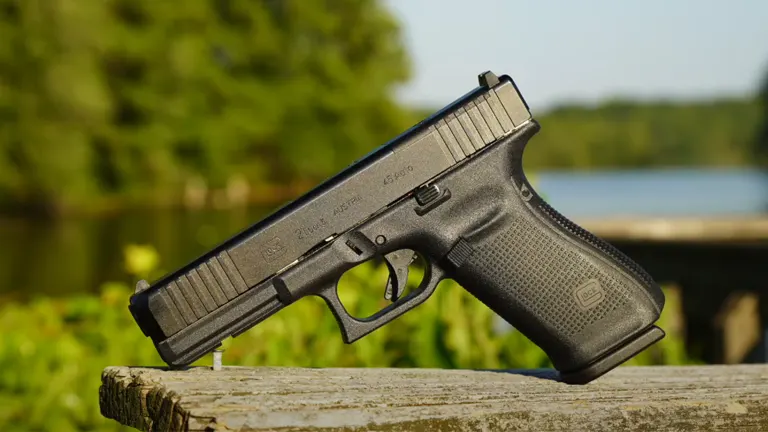
Glock 21 Review
Experience the power of the Glock 21 in .45 ACP, featuring a 13-round capacity, 4.60″...March 4, 2024
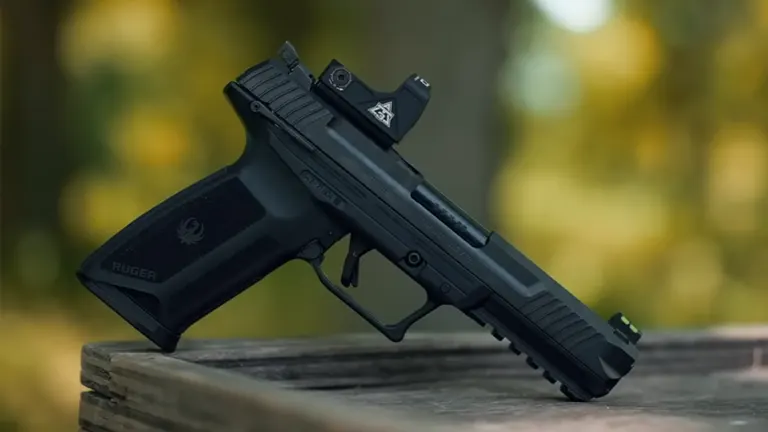
Ruger 5.7 Review
Meet the Ruger 5.7, chambered in 5.7x28mm, offering a high capacity of 20+1 rounds. It...March 4, 2024
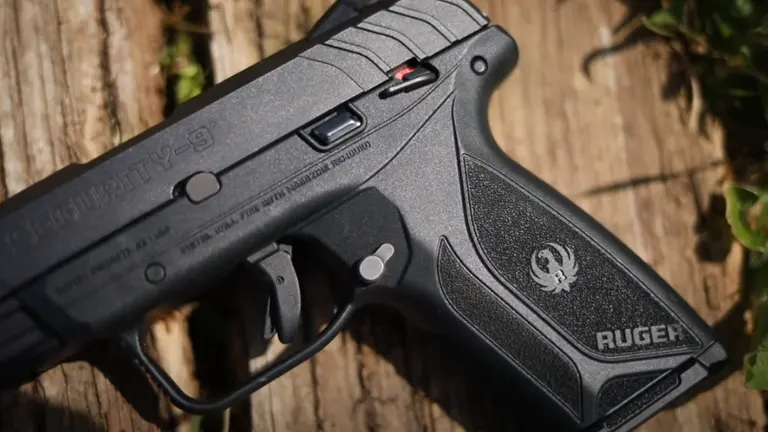
Ruger Security-9 Review
Explore the Ruger Security-9, a 9mm Luger with a 4″ barrel and a 15+1 capacity,...March 4, 2024
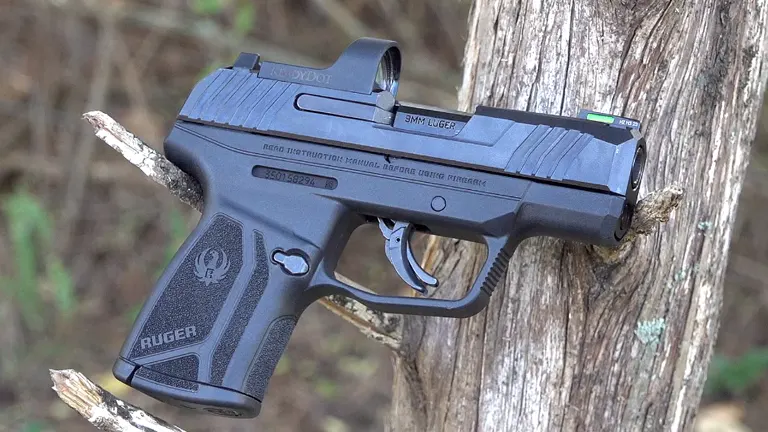
Ruger Max-9Â Review
Discover the Ruger Max-9, a 9mm Luger pistol with a 3.2″ barrel and a slim...March 4, 2024
Weekly Newsletter
Do you want to get notified when a new article is added to Guncritic? Sign up for our newsletter and you'll be among the first to find out about new articles and reviews.
Comment